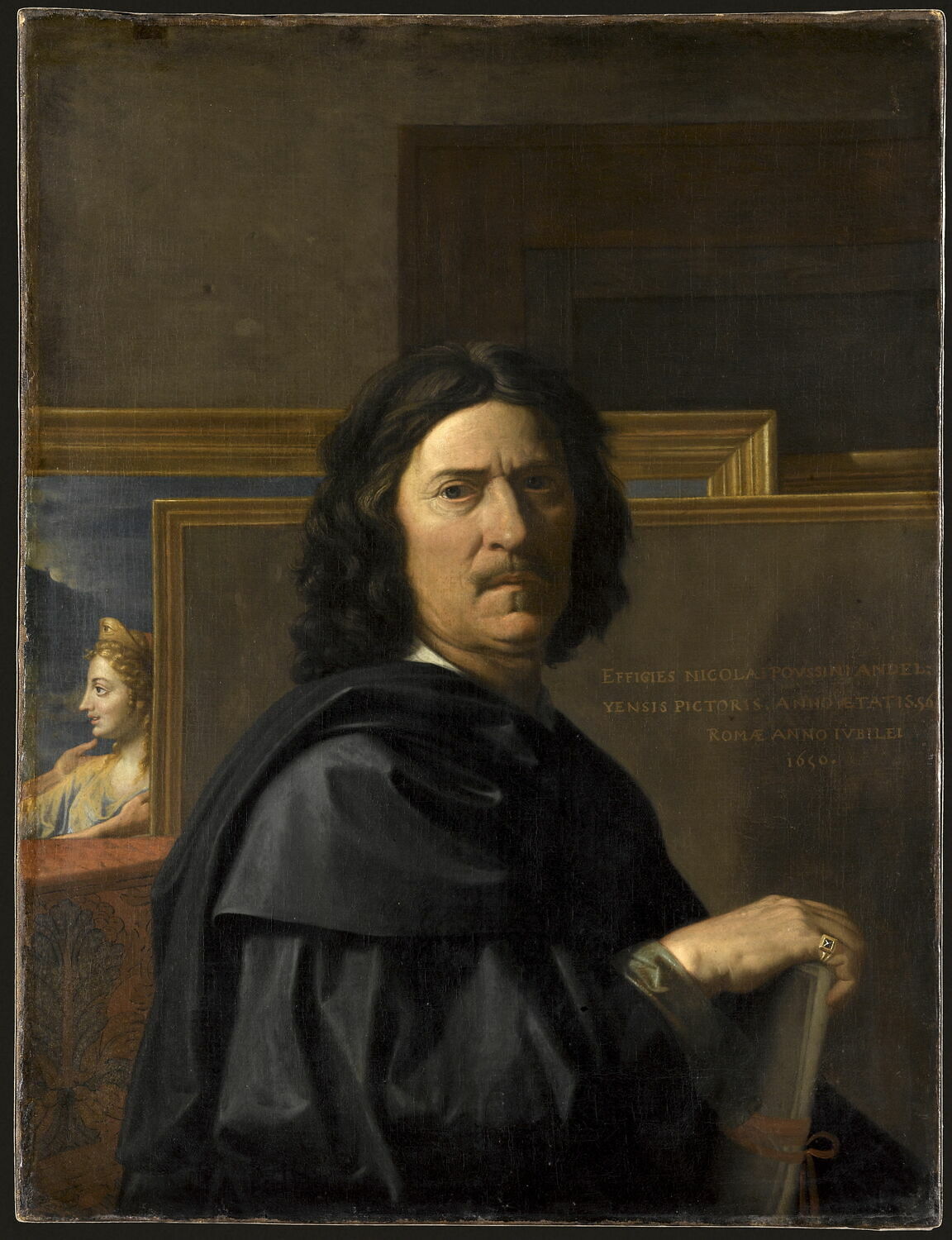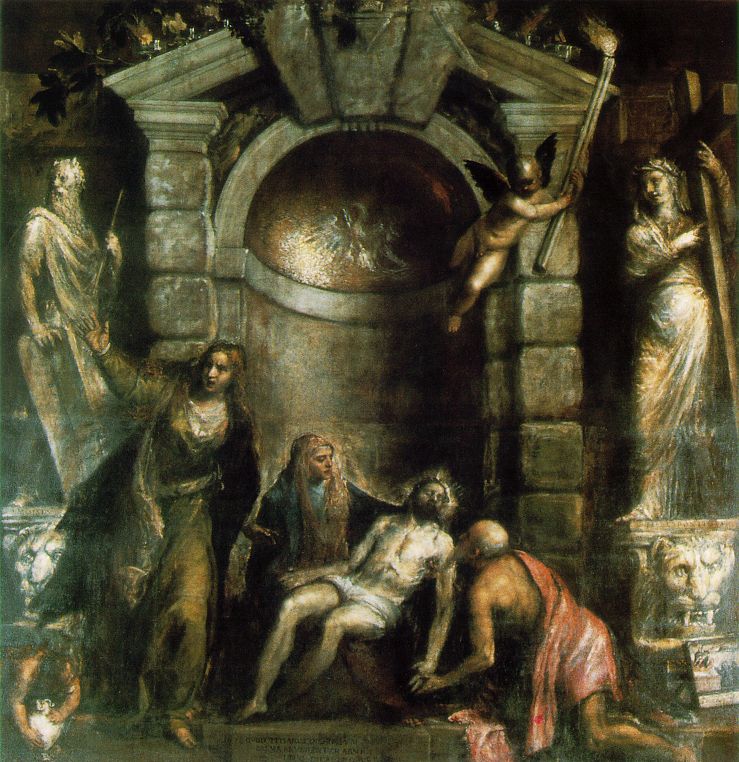Rennes Chateau: Mary Magdalene the one Jesus loved the most
by Carolyn Shield
Mary Magdalene plays a major role this past week in the Easter story of Jesus’s Resurrection. She is the first one that Jesus appears to after he rises from the dead. He doesn’t appear to Peter, John, James his brother, or even his mother. He appears to the one who he loves the most Mary Magdalene. She followed him through his journeys and supported his cause financially. She is at the Crucifixion, Burial, and Resurrection. Pope John Paul II has called her the “Apostle to the Apostles”. She is named fourteen times in the bible more than most of the apostles. Magdalene is mentioned more than Mother Mary in the bible. Jesus cured her of a serious illness and as a result saved her life. Her bravery is outstanding when compared with Saint Peter. It is Saint Augustine who said “it was the Holy Spirit who made Magdalene the Apostle of the Apostles.” We are lucky to have the Gospel of Mary Magdalene which she tells the Apostles secret teachings Jesus taught her. Jesus teaches a woman and then this woman teaches his Apostles. It is another terrific part of the story. No more Magdalene carries the false label of the prostitute but not an equal to the Apostles. Many can debate if she is seated next to Jesus in Da Vinci’s Last Supper. It is her actions that speak for themselves. She has earned the right to be seated with the Apostles.
http://www.americancatholic.org/Newsletters/CU/ac0506.asp
At Rennes Chateau in France Mary Magdalene carries a cross and holds a urn. On the cross she bears is a five pointed star. The five pointed star is the symbol of Venus. Titian has a painting called Venus with Mirror. The two cherubs are there holding her mirror.
Hit the link to see the Rennes Chateau image of Mary Magdalene carrying the cross below her feet are two cherubs. In the mirror the eye of the goddess Venus is older and more wrinkled. She will be crowned by roses which have thorns. In the mirror do we see the all seeing eye of the goddess peering back at her. The Egyptian all seeing eye of the goddess Wedjet known as green one and the Greeks called it “risen one”.
http://benhammott.com/mary-magdalene-skull-book-text.html
Poussin self portrait in the background is the beautiful profile crowned with a gold crown with the all seeing eye in it. Poussin was said to possess many secrets. It is interesting that he included in his self portrait a goddess with an all seeing eye in her crown.

Titian Pieta is his last painting. In the painting we see Mary Magdalene with two cherubs one above and the other below. A woman carrying the cross crowned with rose crown of thorns. She was a Cumaen Sibyl who predicted the coming of the savior.

It is interesting that the cherubs under Magdalene at Rennes Chateau are pointing down and one wonders if there is a crypt under the church. The cherubs are seen in many paintings dealing with the burial of Christ. Bourdon, Poussin, Titian, and others have placed the cherubs with Magdalene and the other women at Jesus grave. These women who came to Jesus’s grave possibly had children. The cherubs in the paintings maybe a symbol representing the children of the Holy Family or children of Jerusalem. Luke 23:28-31 says
“Daughters of Jerusalem, do not weep for me, but weep for yourselves and for your children. For behold, the days are coming when they will say, ‘Blessed are the barren, and the wombs that never bore, and the breasts that never gave suck!’ Then they will begin to say to the mountains, ‘Fall on us’; and to the hills, ‘Cover us’. For if they do this when the wood is green, what will happen when it is dry?”
It doesn’t surprise me that Venus the goddess of Love whose symbol is the five pointed star would be connected to Mary Magdalene. It could be the reason for the symbol on the tree cross that she carries. Venus symbol has a cross in it for its astrological symbol. It is connected to the Ankh. The key of life to the Egyptians connected to Isis and eternal life.
Venus retrogrades every 584 days (19 months) making five retrograde points around the Sun. After eight years, Venus forms a five-pointed star in the sky. Ishtar and Astarte carry the jar of life and so Mary Magdalene carries her jar . Mark 14:3 talks about the woman with the alabaster jar. The jar the Egyptians used for the funeral rites. It seems the symbolic connections with Magdalene and Venus makes sense. She loved Jesus with such passion and he loved her by showing his resurrected self first to her. It is all about the power of love and that is what Venus and Isis is all about.
At the Cathedral of Notre Dame in Paris is a wooden panel which depicts the life of Christ. A panel depicts the Wedding of Cana. Three people have halos one is Jesus another is a woman who sits next to Jesus. . Is she Mother Mary or possibly Magdalene?One wonders who the fellow next to Jesus who has a halo too? Is he Jesus brother? Is he the bride’s father? Is he the bride’s groom? The lady next to him does not have a halo and she is darker skinned than the others. She does wear a gold crown and her hair is not covered. I’m interested to hear what other people think of this interpretation of the Wedding of Cana especially the saint next to Jesus. The French had a oral tradition which said Mary Magdalene came to France by boat with other saints. She brought with her the dark servant girl Sara the Egyptian. Napoleon made the Paris coats of arms the five pointed star and the ship who brought Isis to the city called Paris. It is interesting the similar story of Isis and Magdalene coming by boat to France. Napoleon created the Arch de Triumph as a symbol of Isis and her star Sirius. Isis was devoted and loved Osiris very much. I could see how Magdalene and the story of Isis could be similar. What do you think?
http://homepage.ntlworld.com/fusniak/talisman/articles/isisofparis.html
http://www.thestarhouse.org/MMWho.html
http://www.steeppath.com/article.php?ID=1
http://en.allexperts.com/q/Esoteric-Symbology-3874/2008/10/tell-mythology-symbolism-behind.htm